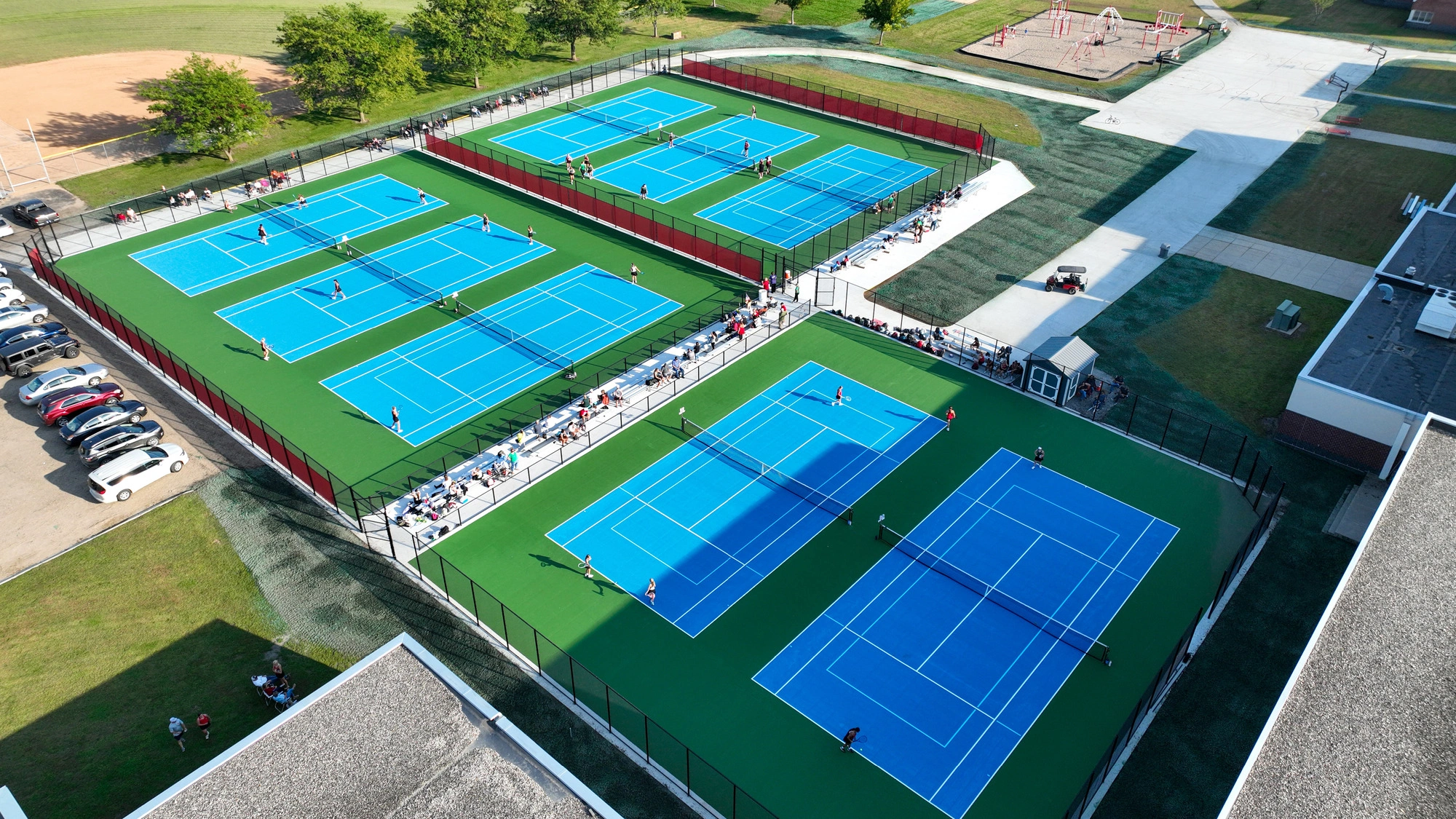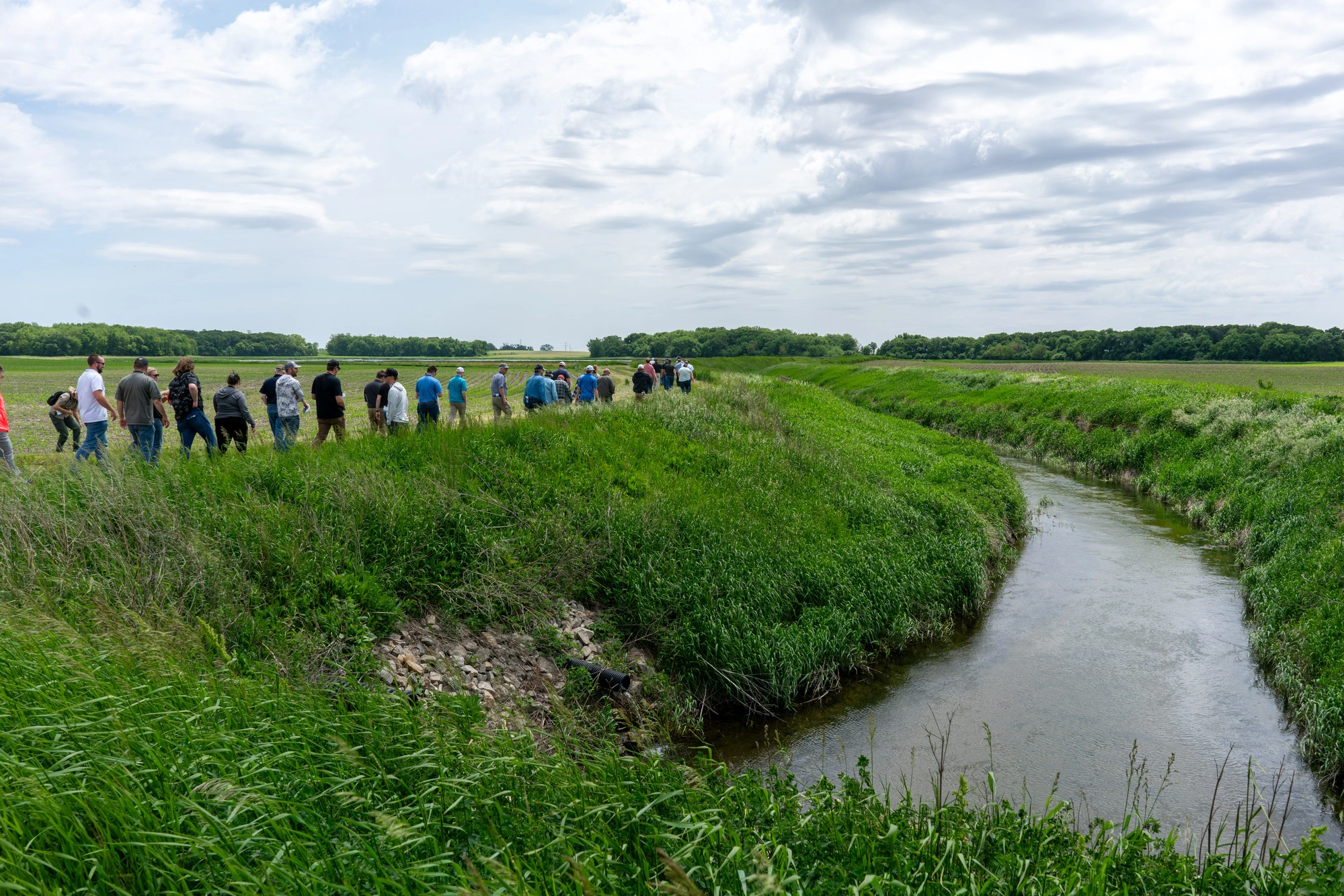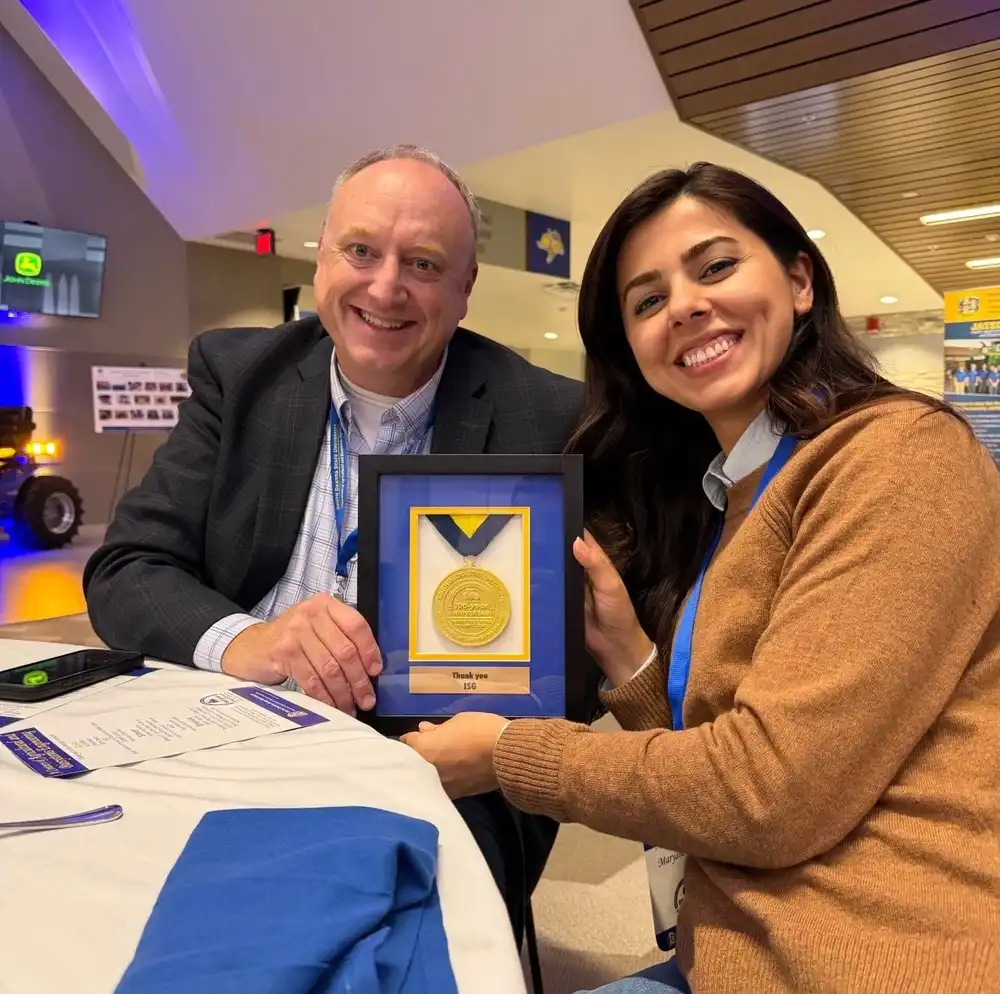How Lake Communities Can Meet Summer Water Demands
Thousands of miles from the coast, lake communities serve as the mecca of Midwestern summertime fun. However, as millions of families flock to their favorite lakeside spots, municipalities close to the shore will see water usage rates more than double the yearly average.It makes sense, right? Hot weather, increased people in the area – it all adds up to higher water use. To help us better understand the ways water engineering solutions help cities cope with these shifting needs, here’s a list of a few top potable water considerations and strategies.

Outsourcing Water Services
Obvious as it may be, increased water usage calls for greater city water storage capacity. However, not every municipality can afford to build a new, larger water tower, nor may they see the benefit with such large discrepancies between high and low usage months.
Take the City of Wahpeton, Iowa, for example. Located near popular West Lake Okoboji, the City struggled to provide consistent water service to its community during the summer months, due largely in part to the municipal water tower’s limited holding capacity of 50,000 gallons.
To make up for the seasonal gap in supply and demand, the City supplemented water use from the nearby City of Milford. This is not an entirely uncommon solution for lake communities, but one that may seem odd for Wahpeton, which overlooks the State of Iowa’s second largest fresh water sources. Recognizing they were missing out on an opportunity to capitalize on such a great, nearby resource, the City decided to pursue the next water solution of discussion: increased water storage capacity.
Increasing Water Storage Capacity
For cities that decide to move forward with building larger water towers, a different set of considerations come into play, especially as they relate to bacterial growth and by-products stemming from water treatment processes.

While having greater storage capacity helps maintain supply during peak months, it also creates new challenges throughout days of relatively lower demand, including the tendency for water to sit stagnant in large towers for longer periods of time before use.
According to the American Water Works Association (AWWA), water should not be allowed to age for more than seven days in any system. If water does sit idle for longer than the suggested window, it’s susceptible to disinfection by-products (commonly referred to as DBPs) and chlorine residual loss, which can cause increased levels of bacterial regrowth, contamination, nitrification, stratification, and other negative effects.
Mixing Systems for Potable Water Storage Tanks
The City of Wahpeton was faced with this challenge of water stagnation when designing a new 200,000-gallon water tower replacement for their previous 50,000-gallon tank. To keep water moving within the tower, ISG integrated a custom-designed Tideflex Mixing System (TMS).
TMS – which can also be installed in existing distribution storage tanks during routine system inspection/rehabilitation periods – are powered entirely by energy facilitated from already-occurring fill and draw cycles. In addition to not needing any additional energy source, TMS designs also require virtually no maintenance, making them a great investment for municipal partners.

City of Wahpeton Bonus Design - Chlorine Contact Time
Because the City applies a surface water treatment system (in layman’s terms, uses water from West Lake Okoboji and not a ground source protected from air and other pollutants), safe drinking water requires significant direction in chlorine contact time (CT). To help make sure the City satisfied these strict CT requirements, the plant was revised from a direct filtration facility to a conventional filtration facility.
Typically, direct filtration systems are stronger designs for municipalities than conventional systems, as they can help lower chemical, capital, and operation and maintenance costs by removing sedimentation from the overall process.
However, this quickened filtration also shortens the window for chemical treatment, making it incapable of handling water supplies that may fluctuate in color and/or odor (such as lake water). Therefore, switching to a conventional system helped ensure Wahpeton’s filtration design could keep up with the City’s newly expanded storage capacity.
Takeaway – Holistic Approach, Year-Round and System-Wide Solutions
When making updates to water treatment and storage strategies, it’s important to evaluate the entire system as a whole. Making changes to one aspect of the system, such as increasing storage capacity, can have a ripple effect on water treatment up and down-stream.
Lake recreation is only becoming more popular as the years progress, so as you watch the shores and bays fill up this summer, consider this: What kind of water infrastructure is helping your lakeside community beat the heat?
Join the Conversation #ISGPublicWorks #ISGCommunityPlanner #LakeLife #Summer
Related Articles

.webp)
ISG Recognized as a 2025–26 Emerging Professional Friendly Firm for the Fourth Consecutive Cycle
ISG has been honored as a 2025–26 Emerging Professional Friendly Firm by AIA chapters in North Dakota, South Dakota, Wisconsin, and Minnesota in recognition of its commitment to fair compensation, licensure support, mentorship, and growth for early-career architects.













